Ca Mau, a land of diverse and rich natural ecosystems, including mangrove forests, deltas, river systems and coastal alluvial plains, has great potential for developing green and sustainable tourism. Ecotourism not only brings economic value but also contributes to the conservation of natural resources, maintaining environmental balance and protecting traditional cultural values of local communities.
Potential for ecotourism development in Ca Mau
Ca Mau has a typical ecosystem of mangroves with Mui Ca Mau National Park, Mui Ca Mau Ramsar Site, U Minh Ha National Park and many other nature reserves. These are lands rich in flora and fauna resources, especially the largest mangrove forest system in the country. These forests act as green lungs, helping to regulate the climate, protect the coast and maintain the richness of biodiversity.
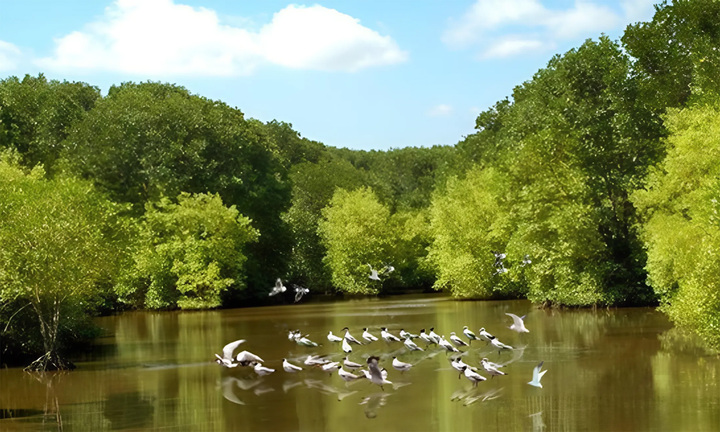
Ca Mau promotes eco-tourism development. (Photo: Thanh Dung)
Currently, about 70% of ecotourism destinations in Ca Mau operate in the form of a combination of ecotourism and community tourism. These are models in which local people, especially rural communities, directly participate in tourism activities, providing accommodation services, tour guides, local cuisine and experiencing daily life.
This model not only creates jobs and increases income for local people, but also gives tourists the opportunity to experience reality and better understand the lives and customs of local people.
One of the most prominent ecotourism destinations in Ca Mau is Mui Ca Mau National Park. Located at the southernmost point of the country, this National Park is home to typical coastal wetland ecosystems, including mangrove forests, river systems, and alluvial plains. Visitors coming here not only experience the pristine natural scenery, but also have the opportunity to learn about rare species of animals and plants such as crocodiles, sea turtles, deer, and waterfowl.
In addition, the Mui Ca Mau Ramsar site is also an attractive destination for those who love ecotourism. This area is recognized as an international Ramsar site, with a rich wetland ecosystem, with many species of birds, fish and plants typical of wetlands. This Ramsar site is also an ideal place for sightseeing, scientific research and environmental education.
In addition, U Minh Ha National Park is also a destination not to be missed in the journey to explore Ca Mau. U Minh Ha is famous for its Melaleuca forest ecosystem, which is home to many wild animals such as monkeys, otters, water birds and freshwater fish. Visitors can join eco-tours by sampan, weaving through small canals, exploring the Melaleuca forest ecosystem and enjoying rustic dishes made from freshwater fish and tiger prawns.
Developing ecotourism combined with community tourism
The model of ecotourism combined with community tourism has been developing strongly in Ca Mau. This not only helps improve the quality of tourism services but also opens up many job opportunities for local people. Homestays, garden houses and community tourism service establishments are increasingly developing, bringing stable income to households.
Community tourism in Ca Mau is often associated with activities that experience the daily life of the people such as shrimp farming, gardening, fishing, or participating in traditional festival activities. This helps tourists have close, authentic experiences with rural life, while helping local people promote their culture and customs.
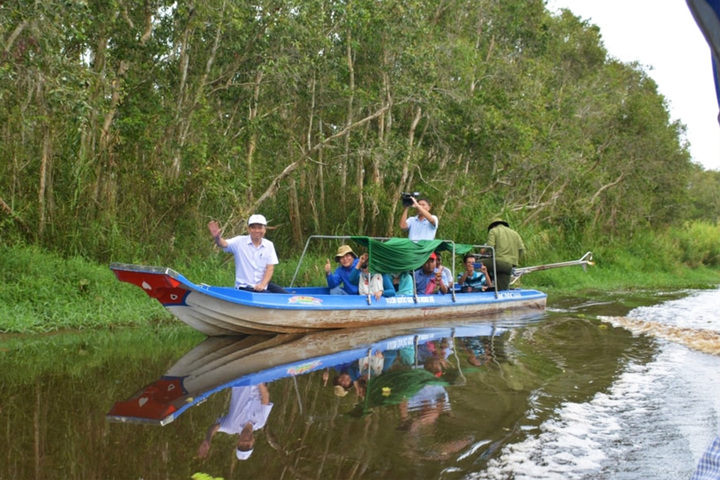
Ca Mau has all the conditions to develop eco-tourism. (Photo: Tran Hieu)
Ecotourism tours combined with community tourism are also being actively exploited by travel agencies. Thanks to the connection between ecotourism sites and residential communities, the tours are built in a reasonable way, creating favorable conditions for tourists to visit and explore. This combination not only increases the value of tourism products but also helps build the image of Ca Mau as a green, environmentally friendly and sustainable tourist destination.
In recent years, Ca Mau tourism industry has made significant progress in developing the tourism economy. Thanks to the policy of supporting the development of ecotourism and community tourism, Ca Mau has attracted many investors, improved infrastructure and enhanced the quality of tourism services. Transport infrastructure development projects, such as expanding roads and upgrading tourist wharves, have contributed significantly to improving accessibility and connectivity between ecotourism destinations.
In addition, raising awareness of green and sustainable tourism has also been focused on by local authorities and tourism businesses. Environmental education programs, encouraging tourists and residents to participate in protecting nature and tourism resources, have created a high consensus in developing tourism in a sustainable manner.
Ca Mau is aiming to develop tourism into one of the province’s key economic sectors. To achieve this, the province has focused on developing policies for green, environmentally friendly tourism. In particular, the preservation and development of natural ecological areas such as National Parks, Ramsar sites, and other nature reserves are among the key factors for sustainable tourism development.
Challenges and solutions
Despite its success in tourism development, Ca Mau still faces a number of challenges. First, the exploitation of ecotourism and community tourism requires maintaining a balance between economic development and natural resource conservation. Managing the exploitation of ecotourism resources in a sustainable manner, without causing environmental damage, is an issue that needs attention.
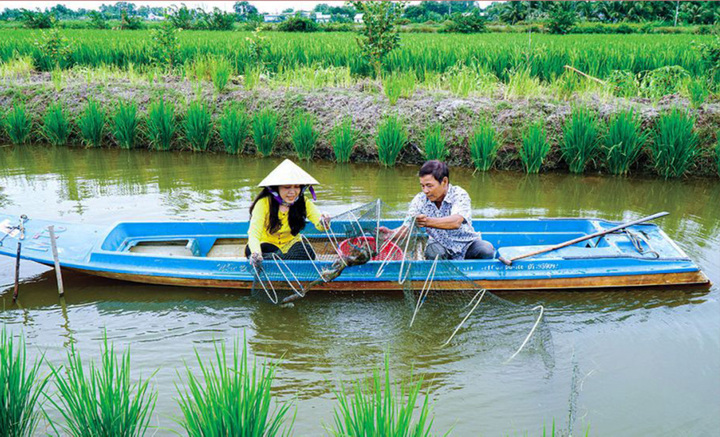
Tourists experience catching giant freshwater prawns by hand. (Photo: Bang Thanh)
Second, although infrastructure has been improved, some routes and piers still cannot meet the increasing demand of tourists. To solve this problem, there needs to be more synchronous and stronger investment from the government and investors.
Finally, improving the quality of human resources in the tourism industry is also a major challenge. To develop sustainable tourism, it is necessary to have a team of tourism staff who are well-trained in ecological knowledge, local culture and tourist service skills.
With diverse and rich potential for eco-tourism development, and support from local authorities and the community, Ca Mau is gradually asserting itself as an attractive destination for domestic and international tourists.
Developing green and sustainable tourism not only contributes to economic growth but also ensures the preservation and development of local natural and cultural values. Ca Mau can absolutely become one of the bright spots of Vietnam’s ecotourism if it continues to maintain the right and sustainable direction.
Source: https://vtcnews.vn/phat-trien-du-lich-xanh-va-ben-vung-tai-ca-mau-ar903197.html


![[Photo] General Secretary To Lam receives Russian Ambassador to Vietnam](https://vstatic.vietnam.vn/vietnam/resource/IMAGE/2025/4/2/b486192404d54058b15165174ea36c4e)



![[Photo] Third meeting of the Organizing Subcommittee serving the 14th National Party Congress](https://vstatic.vietnam.vn/vietnam/resource/IMAGE/2025/4/2/3f342a185e714df58aad8c0fc08e4af2)



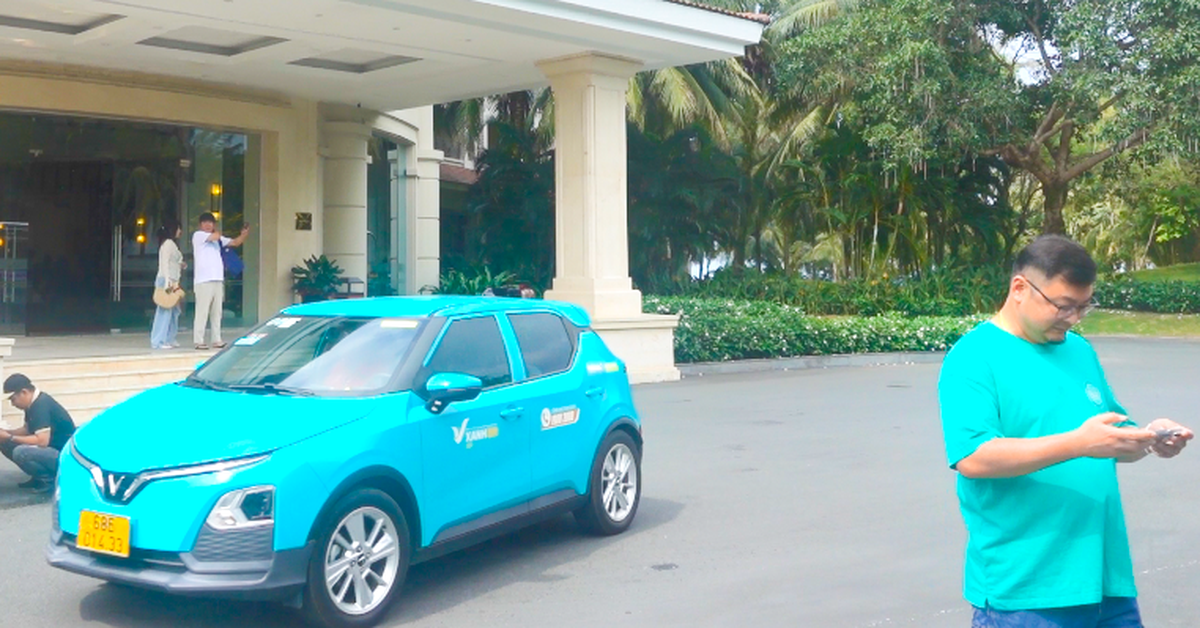



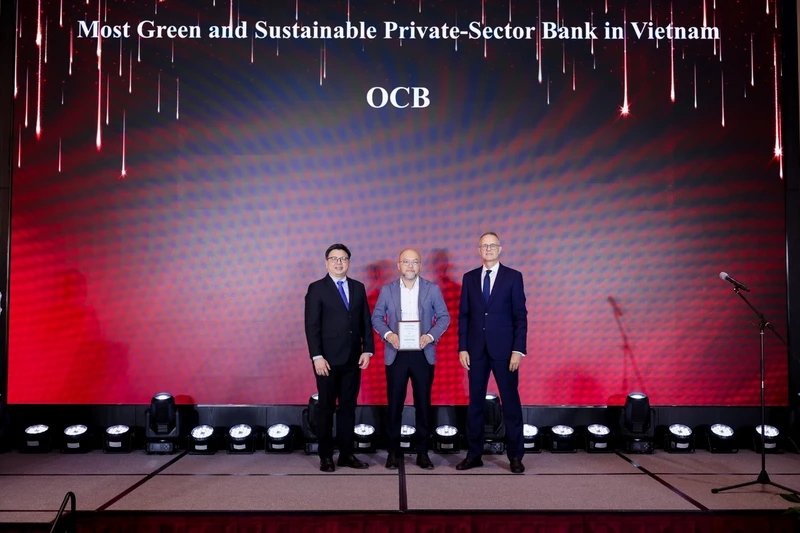

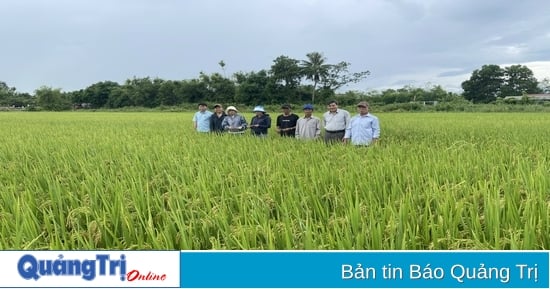


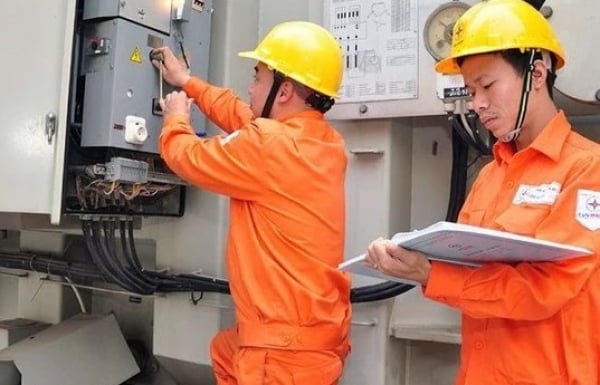




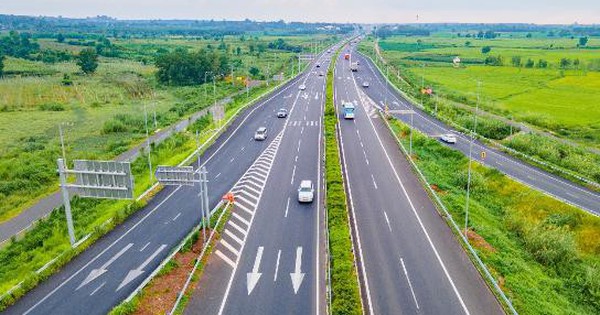




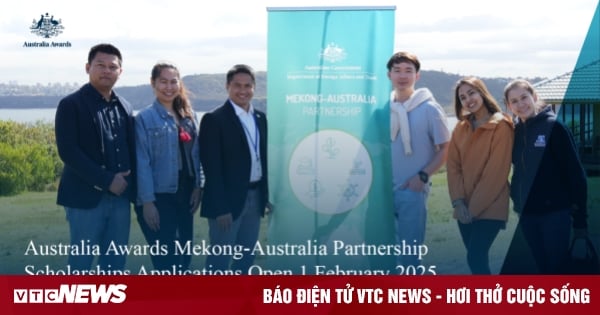




![[Photo] Relatives of victims of the earthquake in Myanmar were moved and grateful to the rescue team of the Vietnamese Ministry of National Defense.](https://vstatic.vietnam.vn/vietnam/resource/IMAGE/2025/4/2/aa6a37e9b59543dfb0ddc7f44162a7a7)









































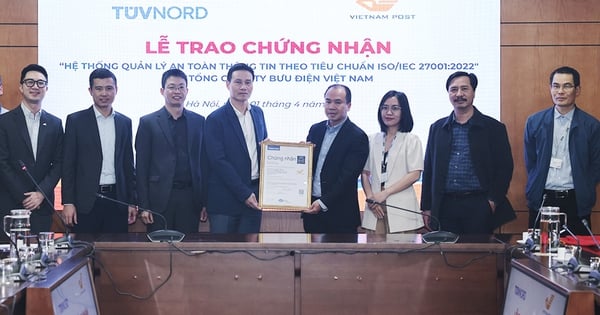

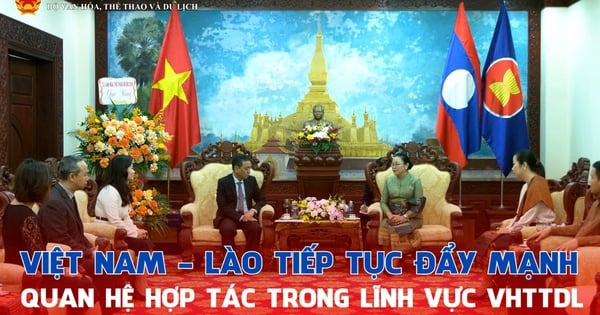


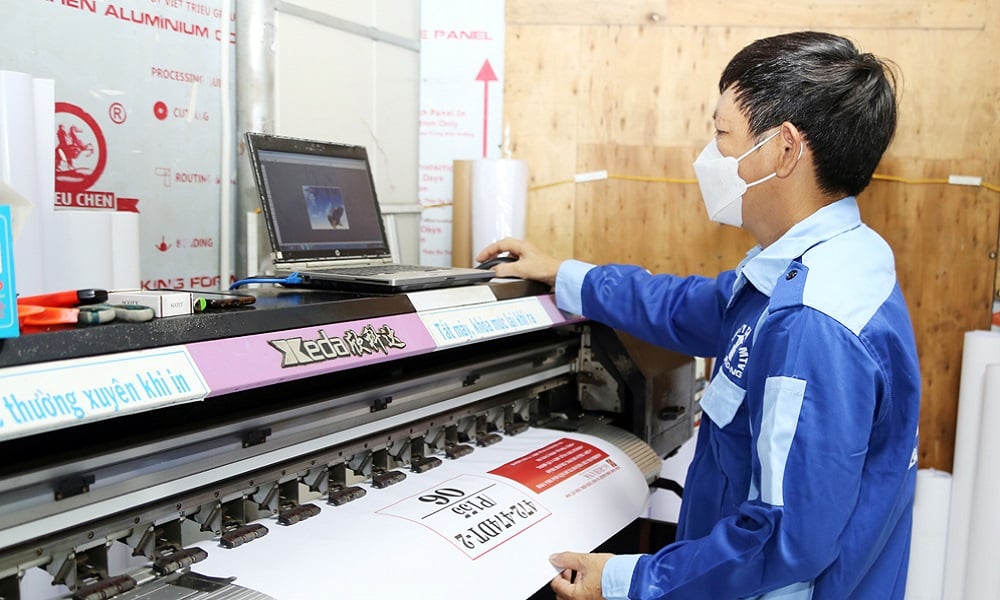
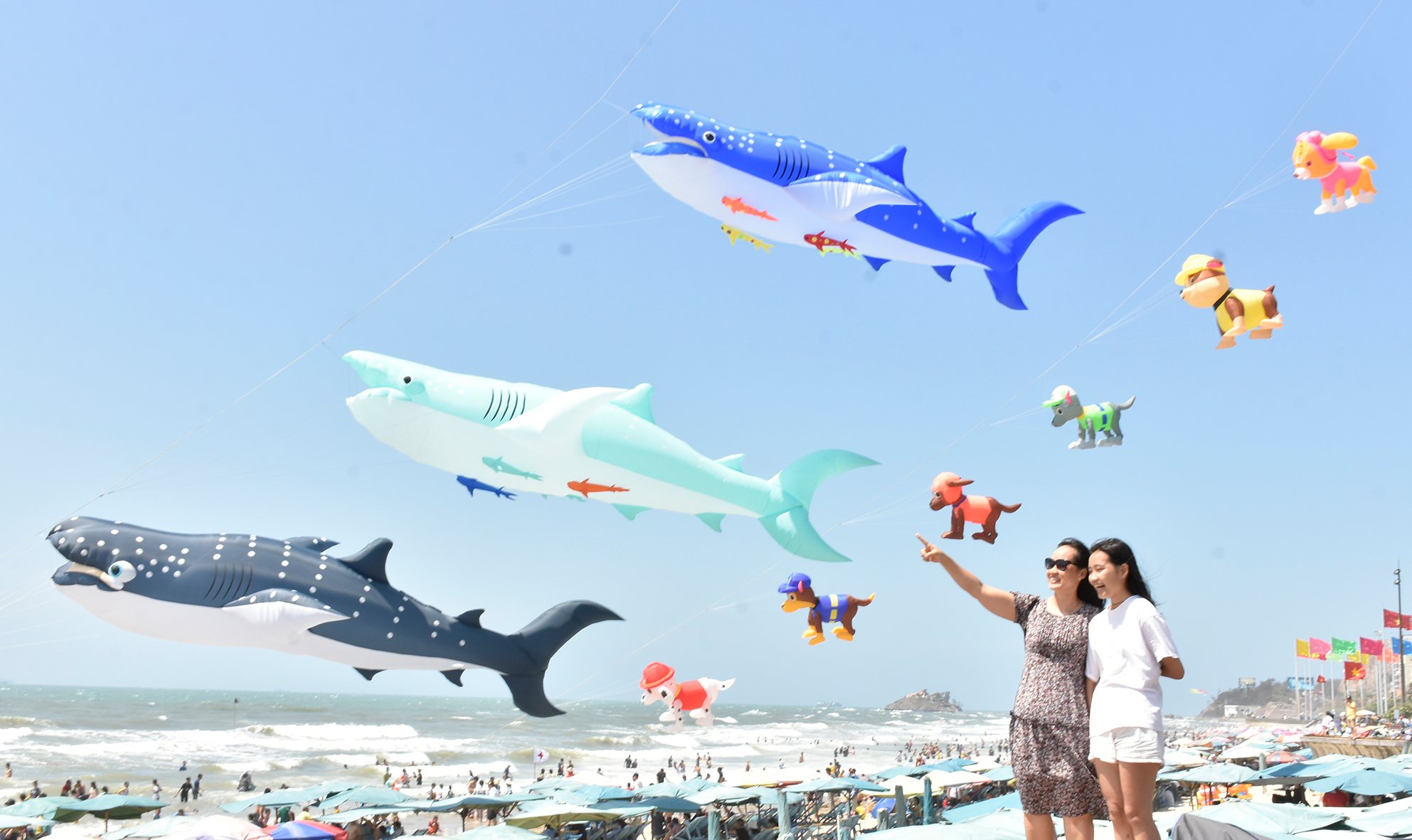

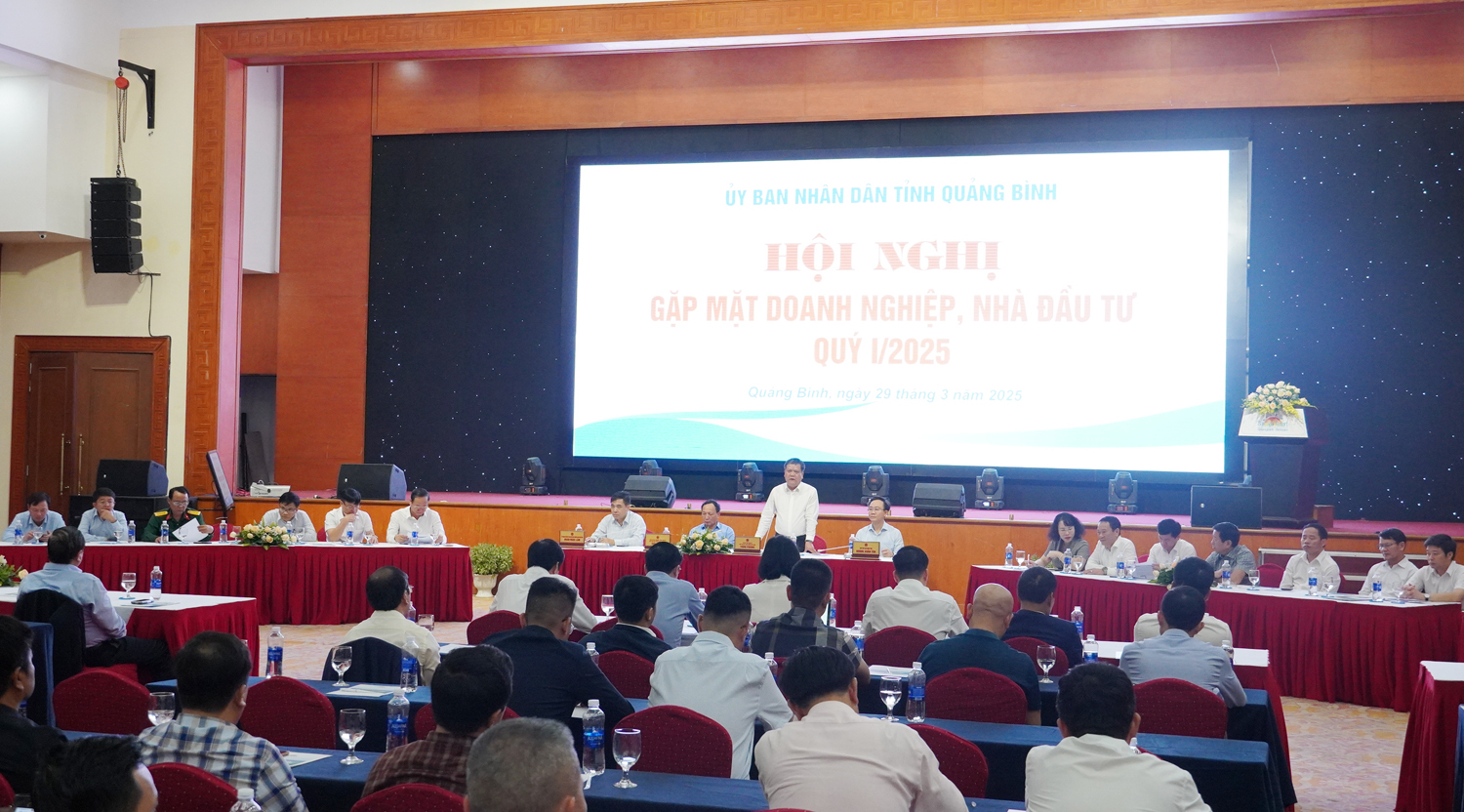



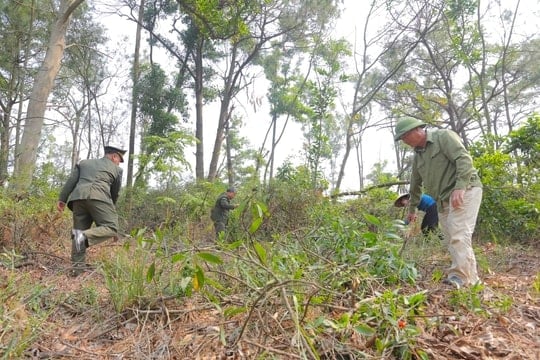













Comment (0)